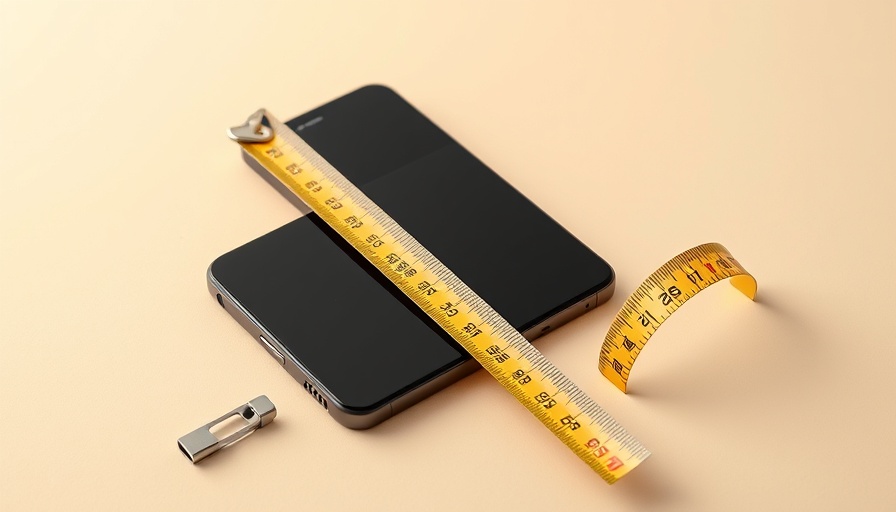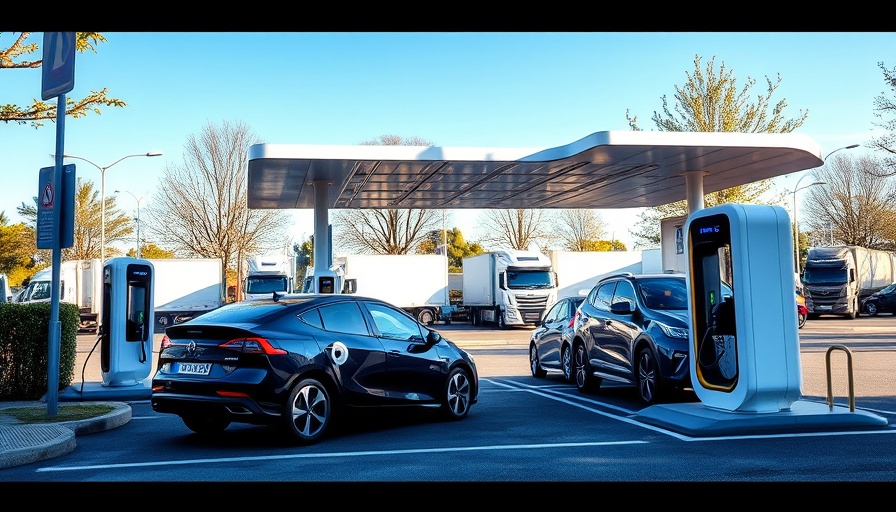
A Major Recall: Over 23,000 Chevy Vehicles at Risk
In a significant move, the National Highway Traffic Safety Administration (NHTSA) has announced a recall affecting nearly 24,000 Chevy vehicles due to a severe fire hazard linked to a potential fuel leak. These vehicles, specifically the 2023, 2024, 2025, and 2026 Chevrolet Corvettes, are at risk of fuel spilling into the vehicle's fuel-filler pocket during refueling. This hazardous condition arises from a mechanical flaw and not from driver error, posing a serious threat, especially when paired with an ignition source.
Understanding the Recall: Why It Matters
As car owners, safety concerns can often make one feel vulnerable. The idea of driving a vehicle that could potentially ignite due to a fuel leak is understandably alarming. The NHTSA has issued warnings, stressing that the presence of a fuel leak near hot engine components—or any ignition source—increases the risk of fires, which can be fatal. This recall emphasizes the need for Chevrolet owners to stay informed and proactive regarding their vehicle's safety.
The Details: Affected Models and Next Steps
The recall includes multiple models of the Chevy Corvette, with detailed owner notifications expected to hit mailboxes starting in early October 2025. Chevrolet is set to send an initial notification about the dangers associated with the vehicles, followed by further communications once a remedy is in place.
For those who own these Corvettes, it's crucial to comply with the recall process. Chevrolet plans to install protective shields at no charge to divert any potential fuel spills away from ignition sources. Until this repair is completed, owners are advised against driving their Corvettes to minimize the risk of dangerous situations.
Responding to Concerns: What Owners Should Do
The sense of urgency surrounding this recall prompts a broader call to action for vehicle safety. Immediately reach out to Chevrolet customer service at 1-800-222-1020 if you have questions or concerns about the recall. Additionally, refer to the NHTSA recall number 25V536000 for more information on this critical issue. Awareness and prompt action can significantly mitigate risks and ensure safe driving conditions for all.
The Path Forward: It’s More Than Just a Recall
The current recall is part of a larger narrative about automobile safety and corporate accountability. With the automotive industry continuously evolving, companies like Chevrolet must remain vigilant regarding the design and safety of their vehicles. For consumers, keeping informed about recalls can save lives. Drivers are encouraged to register their vehicles with manufacturer notification services that provide timely updates about safety concerns.
Stay Connected: Safety First!
Car safety is a shared responsibility between manufacturers and consumers. This Chevrolet recall not only highlights the importance of addressing mechanical issues but also stresses the significance of staying connected with the vehicle's safety updates. Monitoring vehicle performance and being aware of recalls can lead to more informed and safer choices.
In conclusion, if you're affected by this Chevrolet recall, prioritize contacting your dealership as soon as possible to schedule the necessary repairs. Your safety on the road depends on proactive measures and staying abreast of critical vehicle updates.



Write A Comment